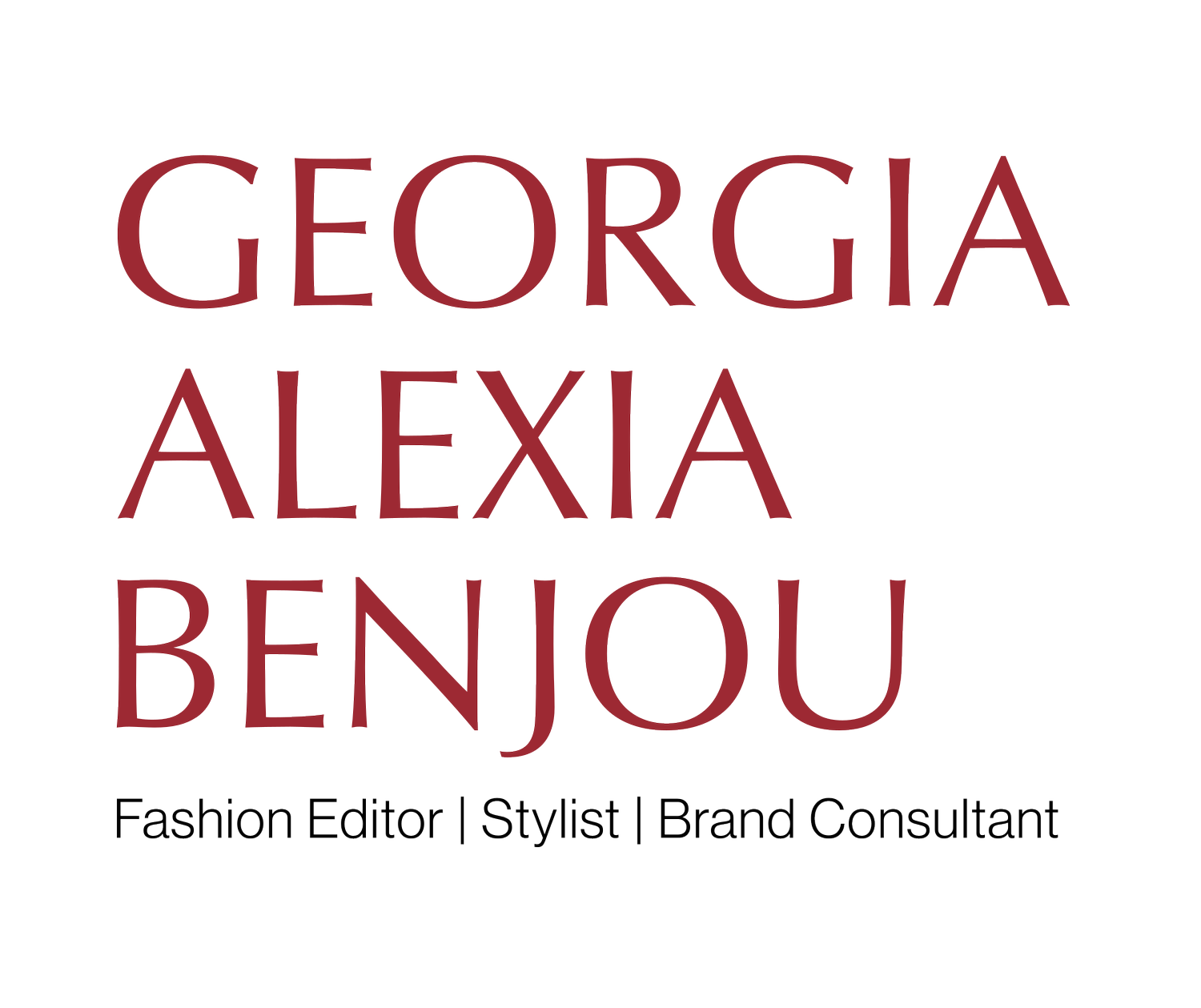The Two Key Ingredients for a Great Shoot
A couple of weeks ago, IATSE - the International Association of Theatre and Stage Employees, which represents about 150,000 people in the entertainment industry, ranging from electricians, camera operators and script supervisors to wardrobe costumers, makeup artists and hair stylists - nearly went on strike. Why? To protest working conditions and wages. Their issues included excessively unsafe and harmful working hours, unlivable wages, and failures to provide rest periods during meal breaks and between workdays.
For some reason, as we enter the post-COVID or living with COVID working environment, it feels like crews are being asking to do more with less resources. Unfortunately, it’s no different in the freelance world.
Some clients over the past year - and I want to emphasize it’s some, not all - have even made unrealistic demands on me. The requests I’ve received include a free shoot (including shopping and shipping samples from NYC for talent at my cost), sending me creative briefs that were incomplete, and telling me the day I showed up for a 3-day shoot that instead of on-set styling, I was “on call” for minimal wardrobe additions at a location outside of city limits with no regards to either my safety or any necessary facilities.
To me, when a project has these kinds of issues, it usually stems from missed opportunities during the pre-production phase of a shoot. Specifically, we’re talking about planning and organization. If you didn’t learn this saying earlier in your life, it’s one to commit to memory: “If you fail to plan, you plan to fail.”
If you can’t afford a full-scale shoot and have a passion project you want to get off the ground, then at the very least plan to pay crew editorial rates. Regarding creative briefs, it is essential that these be as detailed as possible for wardrobe planning purposes, especially with the current supply chain crunch. To me, working with a creative director is a partnership; I need time to shop for pieces, and, if necessary, let the creative director know there are issues finding specific items so that she or he has time to reselect. Finally, if your shoot is at a location far from town, either keep all crew wherever you’re shooting or let’s coordinate a wardrobe fitting beforehand within city limits, so you can take everything with you prepped and ready-to-go. If your wardrobe needs are minimal, I’m always happy to refer clients to junior stylists I trust.
Bottom line: The outcome of your project - whether it’s images for a magazine or a fashion film short for your website - will be most successful when I have detailed information up front about your project and its needs. The truth is getting a project completed successfully is so much more than just a budget; so instead of just asking me “What’s your rate?”, email or call me with project specifics and what you really need to make the shoot a success and you or your client happy. -xo
